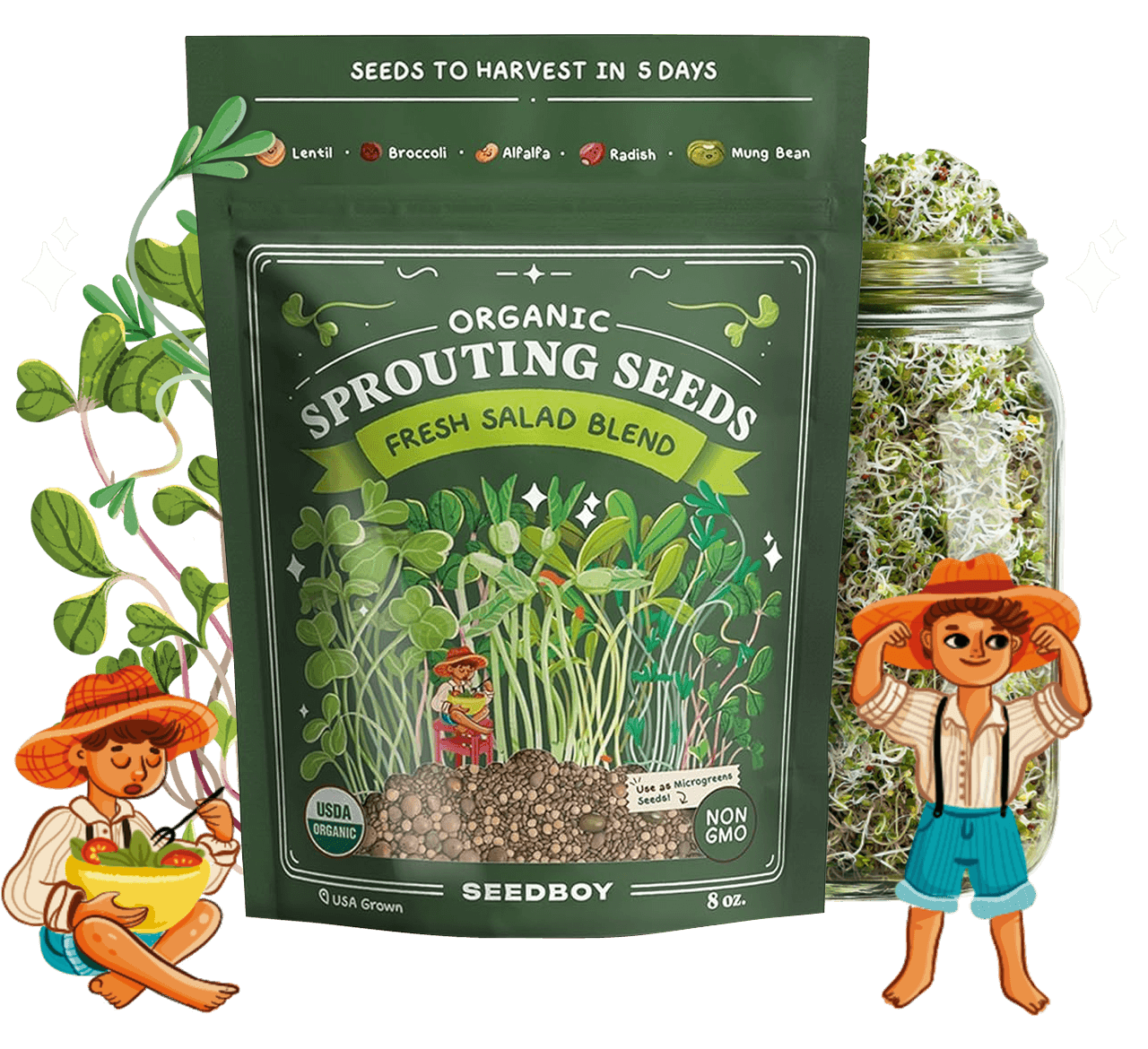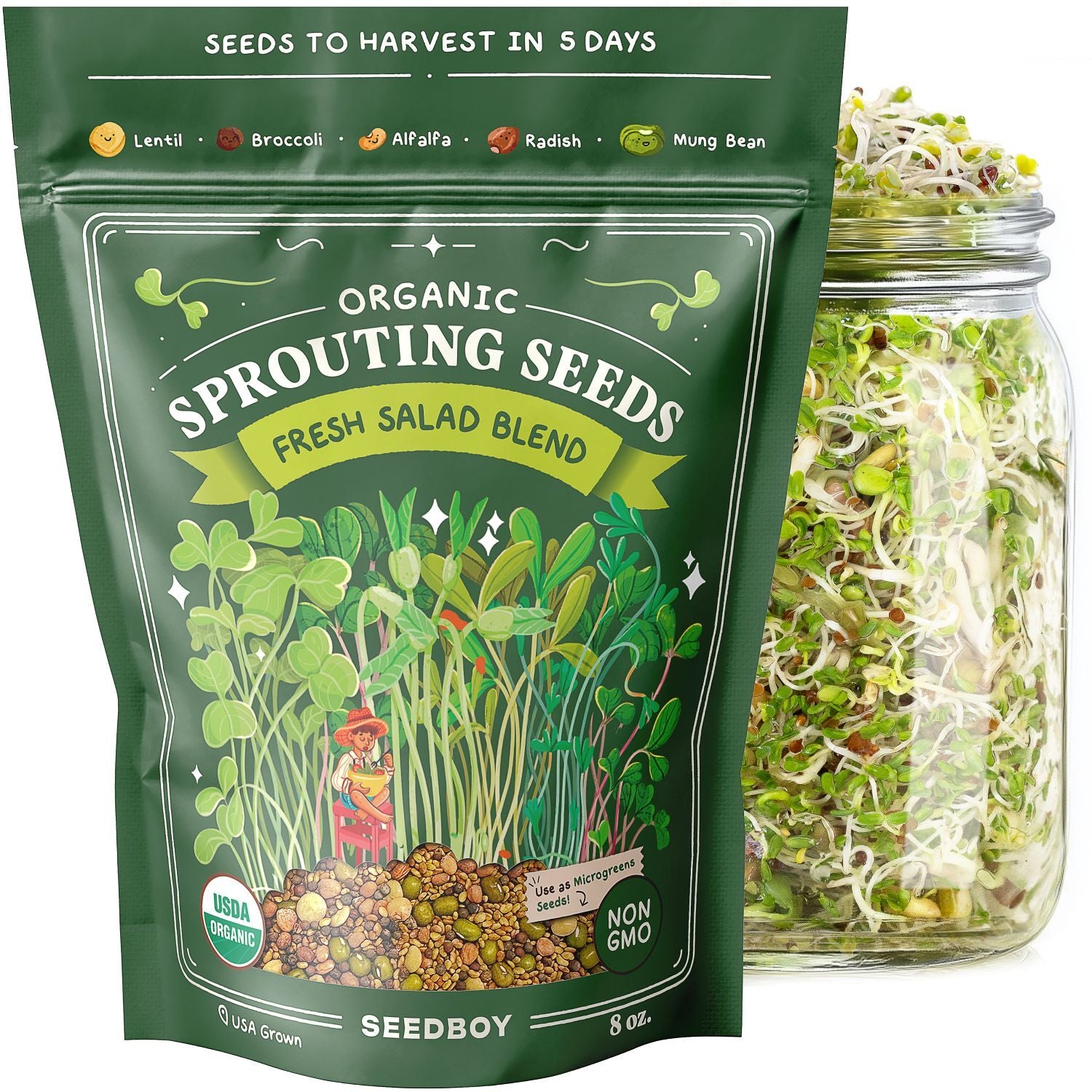
GROW GUIDE
Butternut Squash
Cucurbita moschata
Plant Description
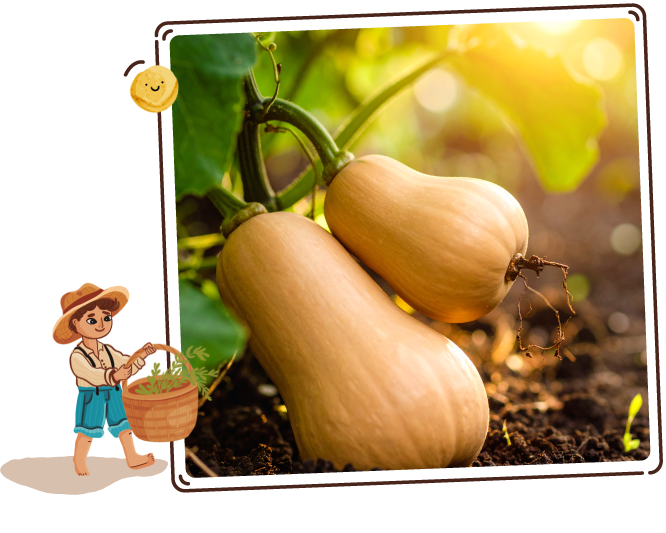
Butternut Squash
A hearty winter squash with smooth, tan skin and a distinct bell shape, revealing vibrant orange flesh within.
This cold-weather favorite is prized for its sweet, nutty flavor and creamy texture, making it a versatile ingredient in soups, roasts, and seasonal dishes.
Quick Facts:
-

Sun Requirements
Full Sun
-
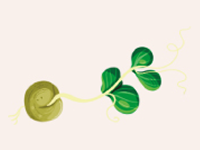
Days To Sprout
7-14 Days
-
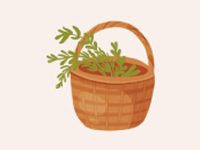
Days To Harvest
100-120 Days
-
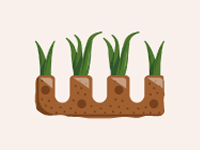
Plant Spacing
36-48"
-
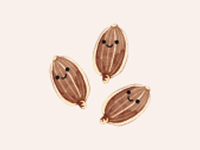
Seeds Per Hole
3
-
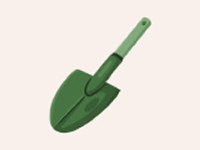
Planting Depth
1"
Best Planting Locations
-

Full Sun
Butternut squash thrives in areas with plenty of sunlight, requiring at least 6 to 8 hours of direct sun each day.
-

Garden Beds
Well-draining soil with rich organic matter provides a perfect foundation for healthy, sprawling vines.
-

Raised Beds
Great for improving drainage and giving the squash vines room to spread, ensuring optimal growth and fruit production.
-

Trellises
For smaller spaces, growing butternut squash vertically on a trellis helps maximize space and keeps fruit off the ground.
Getting Started
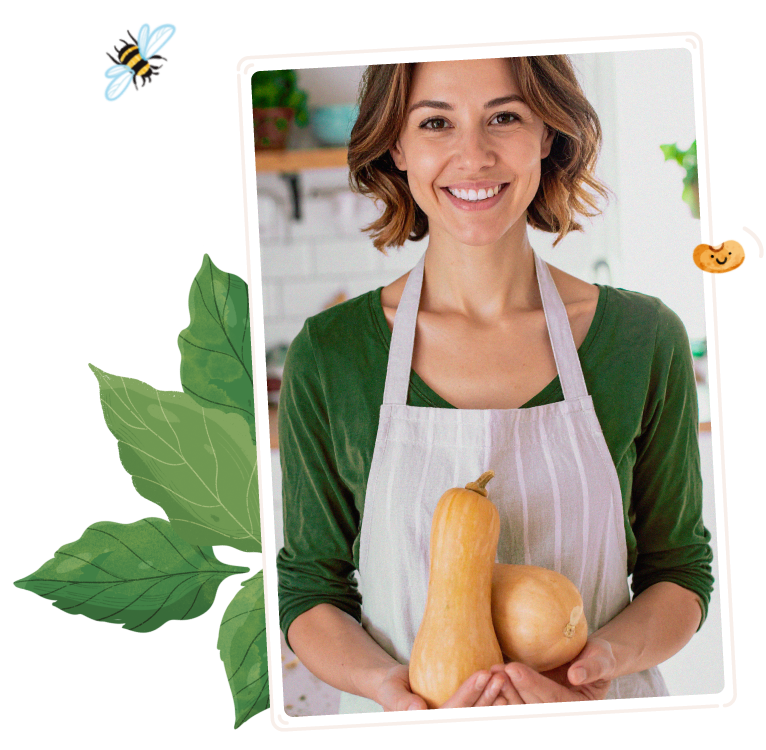
-
1
Find the Spot
Butternut squash thrives in warm, sunny spots. Choose a location with full sun, providing at least 6 to 8 hours of direct sunlight each day.
-
2
Prep the Soil & Fertilizer
Prefers well-draining, fertile soil with plenty of organic matter. Before planting, amend the soil with compost to improve drainage and nutrient content. To promote healthy growth, use a balanced, slow-release fertilizer at planting and again mid-season.
-
3
Plant the Seeds
Plant 3 butternut squash seeds or 1 seedling 1 inch deep in the ground or containers. Keep the soil consistently moist but not soggy during germination, and ensure it stays warm, between 70° to 95°F.
Once seedlings emerge, thin to the strongest plant and space them 3 to 6 feet apart to allow for ample growth.
Good Neighbors:
-
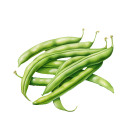
Beans (Pole):
Squash is traditionally planted with corn and beans (“three sisters”) to disorient the adult vine borer
-
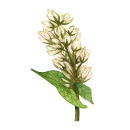
Buckwheat:
Buckwheat brings in pest predators which reduce harmful pests
-
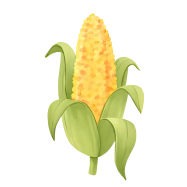
Corn:
Squash is traditionally planted with corn and beans (“three sisters”) to disorient the adult vine borer
-

Marigolds:
Marigolds deter harmful insects like aphids, squash bugs, and nematodes while attracting pollinators
-
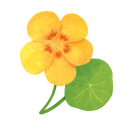
Nasturtium:
Nasturtiums protect against pumpkin and squash beetles
Enemy Plants:
-
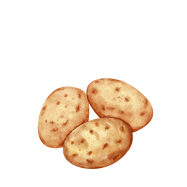
Potato:
Compete for nutrients and space, and both are susceptible to similar pests
-
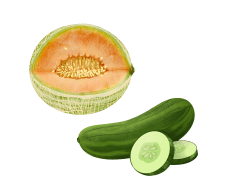
Cucumber & Melon:
Attracts similar pests & diseases
Attractants:
-
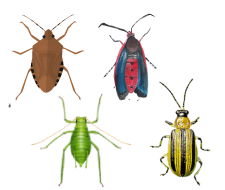
Squash Bugs, Squash Vine Borers, Aphids & Cucumber Beetles:
The plant leaves and sap are a food source
Repellents:
-
No known repellents
Best Time to Plant
USDA Hardiness Zones

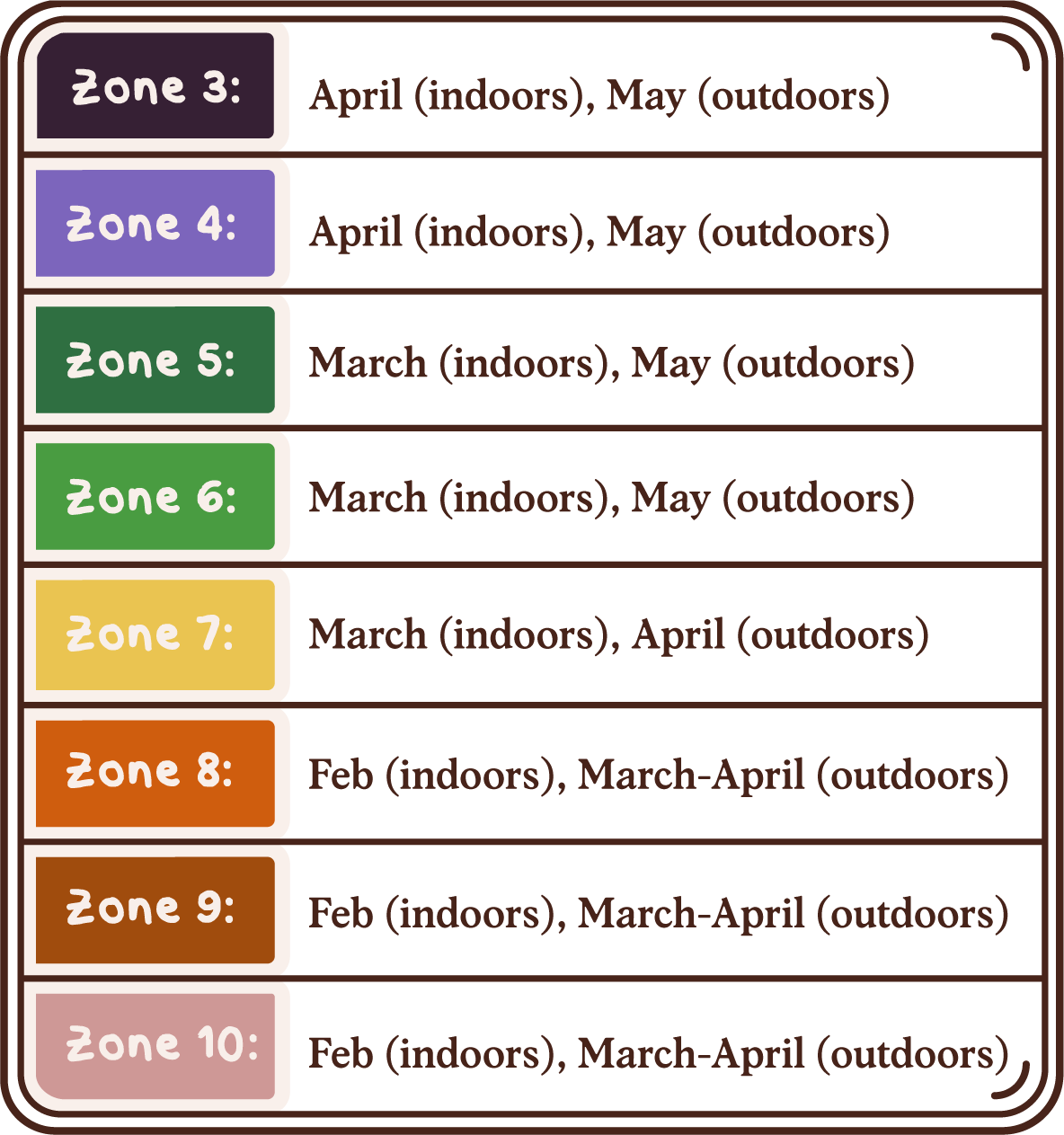
Day to Day Maintenance

-
Watering
Water deeply and evenly to keep the soil consistently moist, especially during dry spells. Butternut squash prefers well-drained soil and should not be left in standing water. Water at the base of the plant to avoid wetting the leaves, which can encourage fungal issues.
-
Pruning
Once the vines start to spread, trim back any overly long or damaged stems to encourage healthy growth and airflow. Remove any leaves near the ground to reduce the risk of soil-borne diseases.
The Harvest
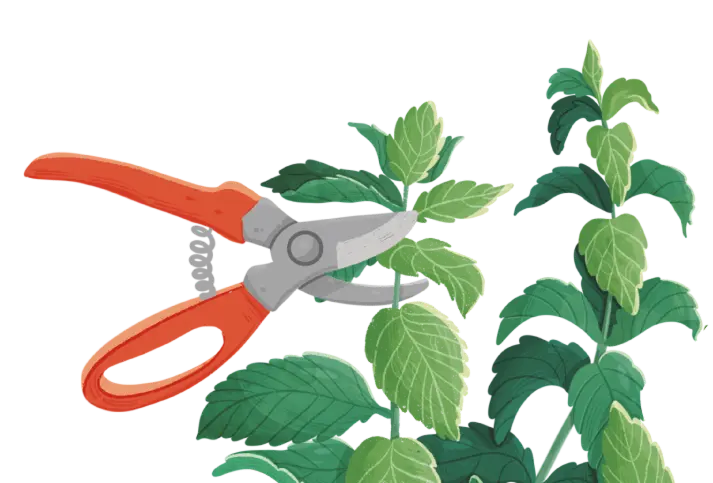
-
Gathering
Butternut squash is ready to harvest when the skin turns tan, the stem is dry, and the fruit sounds hollow when tapped. Use a sharp knife to cut the squash from the vine, leaving a few inches of stem attached.
-
Harvest before the first frost to ensure the squash is fully mature and the skin is hard. Curing the squash in a warm, dry place for a week enhances its flavor and storage life.
Favorite Uses
-
Soup
-

Casserole
-

Baby Food
-
Ravioli
-
Roasted


How to Store
-
Room Temperature
Duration: Several months
Location: Store in a cool, dry place away from direct sunlight
Method: Butternut squash can be stored at room temperature for several weeks. Ensure the squash is fully cured by keeping it in a warm, dry spot before storage. Avoid stacking them to prevent bruising.
-

Refrigeration
Duration: Up to 1 month
Location: Store in the refrigerator
Method: For longer storage, place butternut squash in the refrigerator. Store whole squash in a cool, dry area, or if cut, wrap the pieces in plastic or airtight containers to preserve freshness.
-

Freezing
Duration: Several months
Location: Store in the freezer
Method: To freeze, peel and cube the squash. Blanch the cubes in boiling water for a few minutes, then cool quickly in ice water. Dry thoroughly and freeze in flat layers before transferring to airtight bags.
-
Drying
Duration: Several months
Location: Warm, dry, and well-ventilated area out of direct sunlight
Method: You can dry butternut squash pieces by using a food dehydrator. Slice and dry until crisp, then store in an airtight container in a cool, dry place.
Fun Facts

-
Nutrient Powerhouse
Butternut squash is packed with nutrients like vitamins A and C, potassium, and fiber, making it a healthy addition to any diet.
-
Native to the Americas
Butternut squash is native to North and Central America and was an essential crop for Indigenous peoples long before it became a popular garden plant.
-
Culinary Versatility
Beyond soups and roasts, butternut squash can be used in desserts like pies and muffins, showcasing its natural sweetness and rich texture.
-
A Long-Lasting Harvest
When properly cured and stored, butternut squash can last for several months, providing delicious produce well into the colder months.
Subscribe to our Newsletter: "The Small Garden Chronicles"
Where curious growers gather for garden inspiration.
